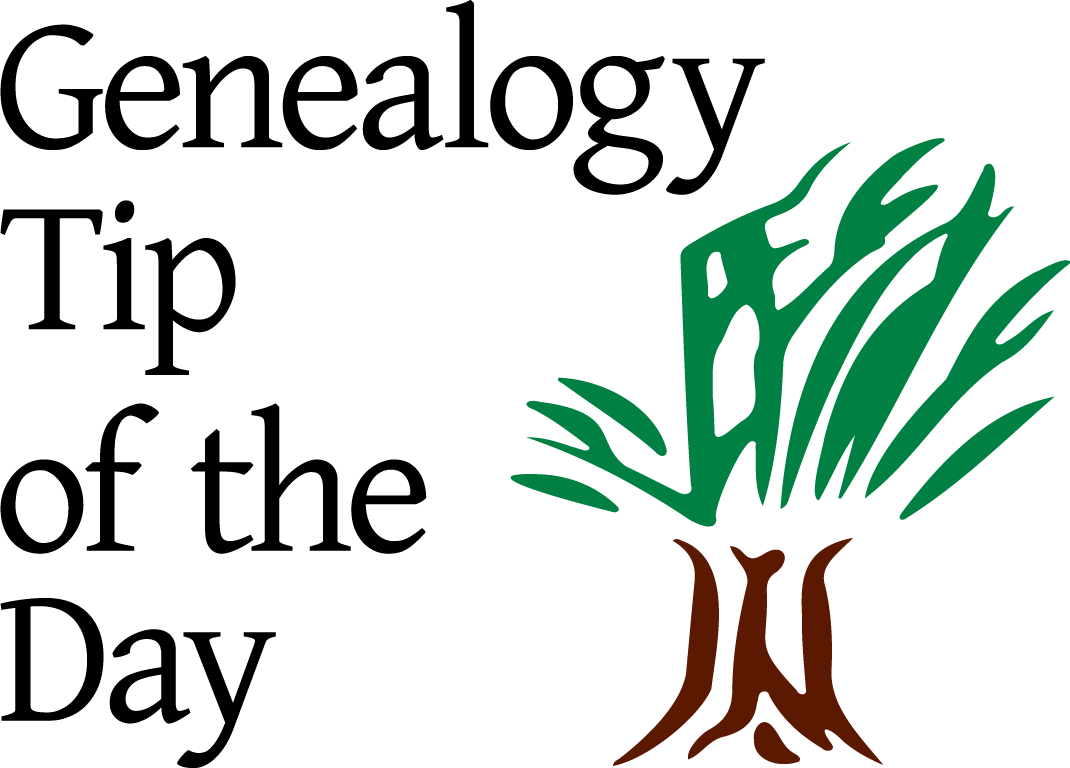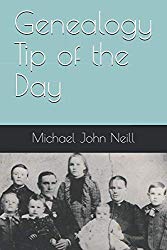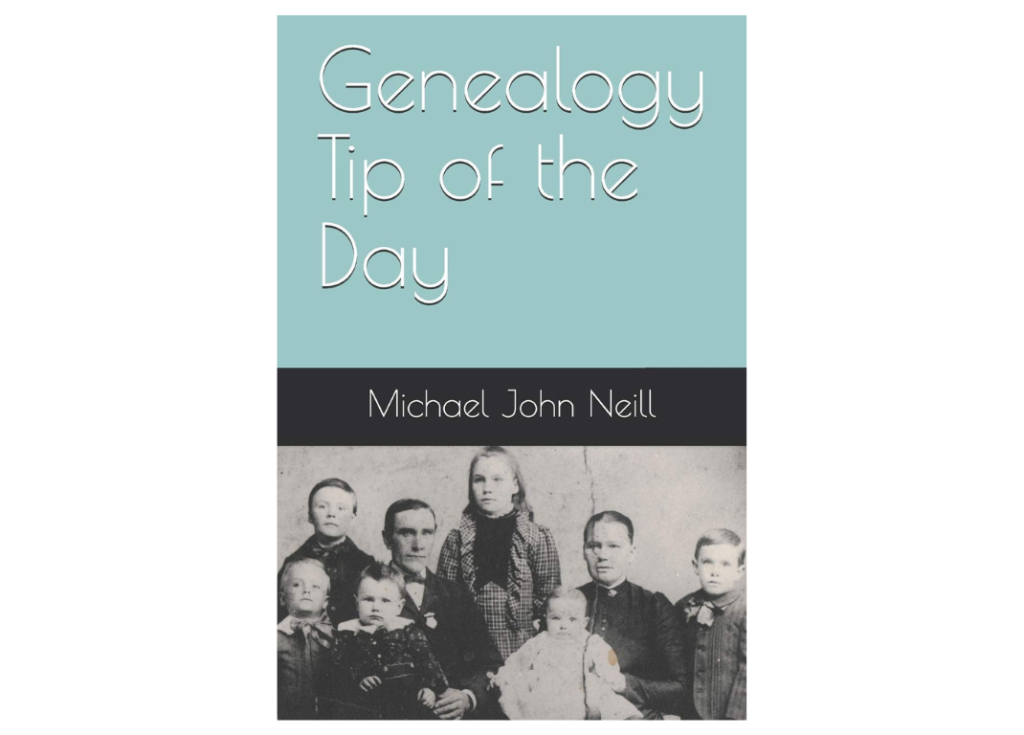There are two transactions recorded in the land records of Albermarle County, Virginia, in 1751 where Peter and Elizabeth Rucker are the grantors and John Gough is the grantee.
The property is 463 acres in Albemarle County on Harris Creek.
Both land transactions have the metes and bounds description of the same piece of property. The text of the documents is different and the second one is longer.
The first is dated 10 November 1751 and the second is dated 11 November 1751. They both have the same four witnesses: William Miller, David Rosser, John Rucker, and George McDaniel. Elizabeth signed her mark on both documents.
They were acknowledged on 12 November 1751 in court by Peter and Elizabeth. On the second document, Elizabeth was examined privately by the county official “as the law directs” (that she’s giving up her dower in the property).
Why the two documents? Why was Elizabeth not examined privately on the first? I know the answer to the first question and think I know the answer to the second.
The first one is a lease–a year long lease to use the property and all its improvements. That word is used in the document. The year-long amount of time is mentioned. In the deed record book, the quick summary of the document (in the margin of the page) indicated it was a lease. That’s probably why Elizabeth didn’t have to be privately examined as the lease did not impact her dower in the property.
The second document released the lease and released the property (and all rights to it) to Gough.
The first document only had a 5 shillings consideration and the second document had a consideration of 200 pounds current money of Virginia. In schemes of this type, the lease typically has a token amount listed. The lease was never intended to be a lease in the true sense of the word–the person wasn’t really renting the property.
The lease and release combination of documents is a holdover from the UK where for a time recording a deed required an tax to be paid. To avoid the tax, lawyers dreamed up a lease and release system. This process effectively conveyed the title without an actual warranty deed. The lease and the release serve to transfer title to the purchaser, but there’s not actually a warranty deed drawn up. The release does transfer title which is why the wife had to be examined privately on the release but not on the lease.
Of course it cost more to have two documents drawn up and it cost more to have those two documents recorded, but well…lawyers.
This wasn’t done in all cases during this colonial time period in what would become the United States, but apparently some lawyers thought it was the best way to go. Most of my personal encounters with these documents has been in Virginia, but they are no doubt in other locations as well.
The deeds are recorded in Albemarle County Virginia Deed Book 1 one pages 383-386.








One response
Thank you. I’ve been looking at those deeds for over 40 years in Virginia and could never figure it out!
I owned a townhouse with my Father for a time in Virginia. When we went to sell it, my Mother had to give up her dower rights to the property even though she was not listed on the deed! So that still holds today.